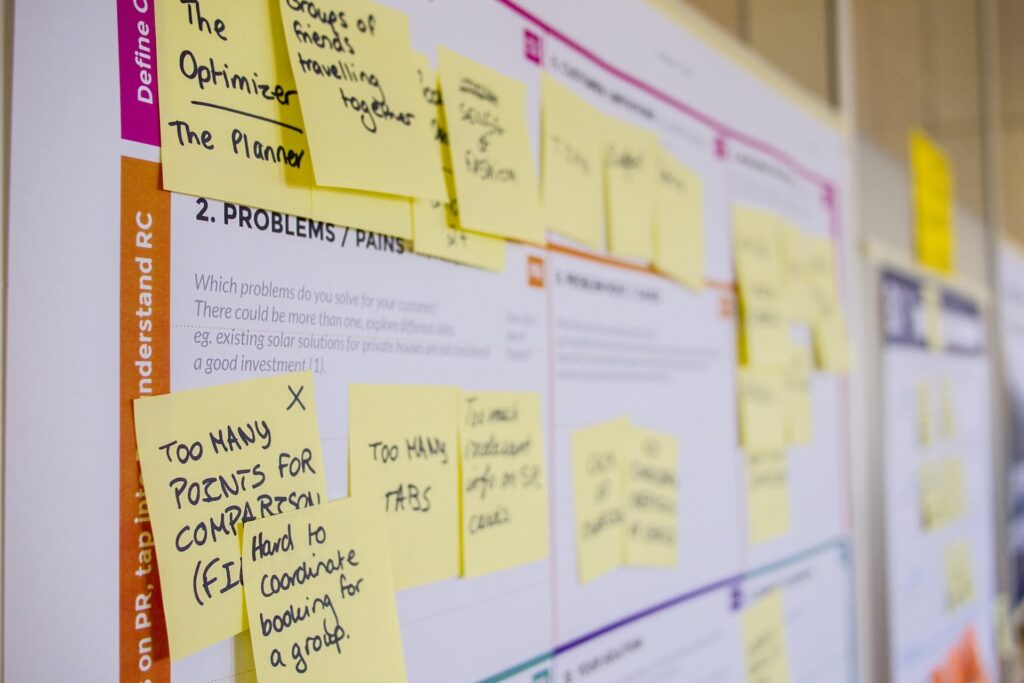Creating User-Centered Websites
User interface design is the process of designing the visual and interactive elements of a website to create a user-friendly and visually appealing experience. A well-designed user interface can enhance the user experience, increase engagement, and ultimately lead to higher conversion rates. In this article, we will explore what user interface design is, its benefits, and best practices for creating effective user interfaces.
User interface design is the process of designing the visual and interactive elements of a website. This includes everything from the layout, typography, and color scheme to the buttons, forms, and other interactive elements. The goal of user interface design is to create a user-friendly and visually appealing experience that meets the needs and expectations of the target audience.
Enhanced User Experience
User interface design can enhance the user experience by making the website more intuitive and easy to use. A well-designed user interface can make it easier for users to complete their goals and find the information they need, leading to higher engagement and satisfaction.
A visually appealing and interactive user interface can increase engagement by capturing the user’s attention and encouraging them to interact with the website. This can increase the time spent on the website, reduce bounce rates, and ultimately lead to higher conversion rates.
A well-designed user interface can also improve the perception of the brand by creating a professional and polished appearance. This can increase the user’s trust in the brand and enhance the overall brand experience.

Best Practices for User Interface Design
- Keep it Simple
A simple and clean design can make it easier for users to navigate the website and find the information they need. Avoid cluttered layouts and excessive use of colors, fonts, and graphics.
- Make it Consistent
Consistency in design elements such as color, typography, and layout can make the website more intuitive and easy to use. Users should be able to predict what will happen when they interact with elements on the website.
- Use Visual Hierarchy
Visual hierarchy can help to guide the user’s attention and make it easier for them to find the information they need. Elements that are more important should be more prominent in the design, using techniques such as color, size, and placement.
- Make it Responsive
With more users accessing websites on mobile devices, it’s essential to design for responsiveness. The user interface should be optimized for all screen sizes, ensuring that the user experience is consistent across devices.
- Test and Iterate
User interface design is an iterative process, versions based, where each version is improving on the prior one. It’s important to test the design versions and gather feedback from users. This can help to identify areas for improvement and ensure that the design meets the needs and expectations of the target audience.
- User testing involves evaluating a website by having users complete tasks and provide feedback on their experience.
- User testing can be conducted through various methods, such as surveys, interviews, or usability testing.
- User testing can provide valuable insights into the user experience, identify pain points and areas for improvement, and ensure that the design meets the needs and expectations of the target audience.
- After gathering feedback from user testing, designers can use this information to make improvements to the website through the iteration process.
- The iteration process involves making changes to the website design based on user feedback and testing the changes to see if they improve the user experience.
- This process is iterative, meaning that it involves multiple rounds of testing and design changes until the website design meets the desired level of user experience and engagement.
In conclusion, user interface design is an essential aspect of web design that can enhance the user experience, increase engagement, and improve brand perception. By following best practices for user interface design, designers can create solutions that are intuitive, visually appealing, and meet the needs and expectations of the target audience.



